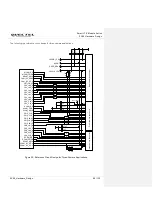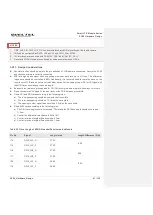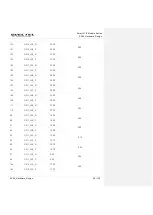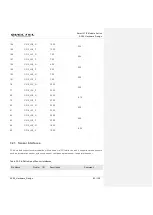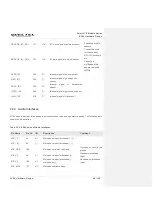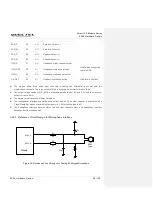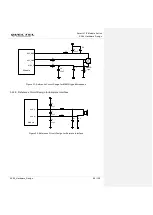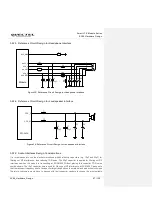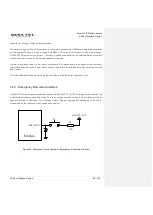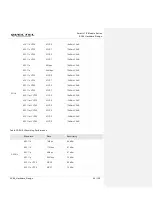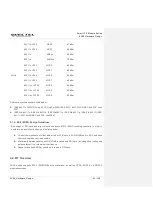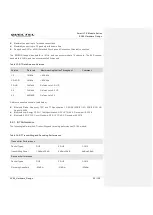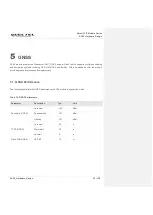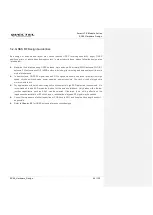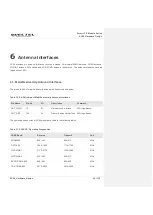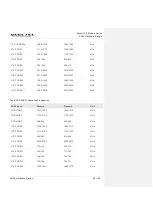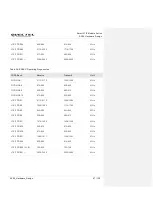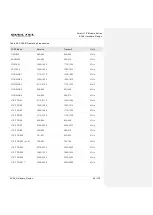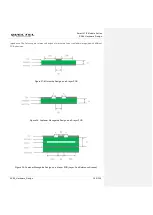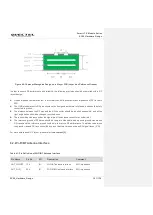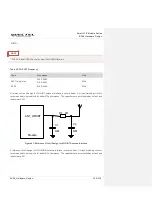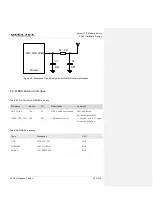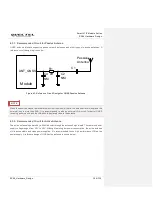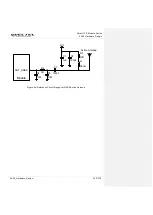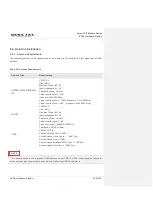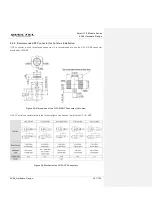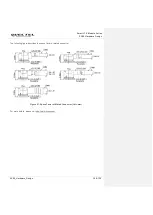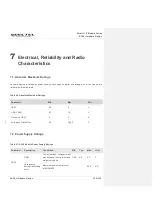
Smart LTE Module Series
SC66 Hardware Design
SC66_Hardware_Design 94 / 139
5.2. GNSS RF Design Guidelines
Bad design of antenna and layout may cause reduced GNSS receiving sensitivity, longer GNSS
positioning time, or reduced positioning accuracy. In order to avoid these, please follow the design rules
listed below:
Maximize the distance among GNSS antenna, main antenna, Rx-diversity/MIMO antenna, Wi-Fi/BT
antenna, FM antenna and Wi-Fi MIMO antenna (including trace routing and antenna layout) to avoid
mutual interference.
In user systems, GNSS RF signal lines and RF components should be placed far away from high
speed circuits, switched-mode power supplies, power inductors, the clock circuit of single-chip
microcomputers, etc.
For applications with harsh electromagnetic environment or high ESD-protection requirements, it is
recommended to add ESD protective diodes for the antenna interface. Only diodes with ultra-low
junction capacitance such as 0.5pF can be selected. Otherwise, there will be effects on the
impedance characteristic of RF circuit loop, or attenuation of bypass RF signal may be caused.
Control the impedance of either feeder line or PCB trace to
50Ω, and keep the trace length as short
as possible.
Refer to
Chapter 6.3
for GNSS antenna reference circuit designs.

